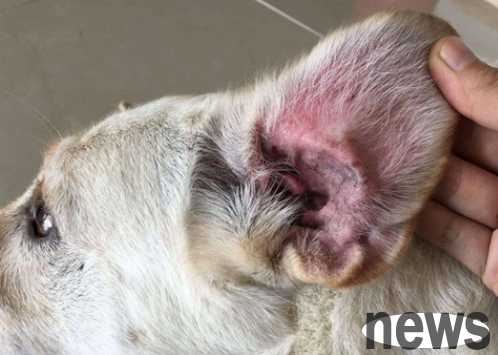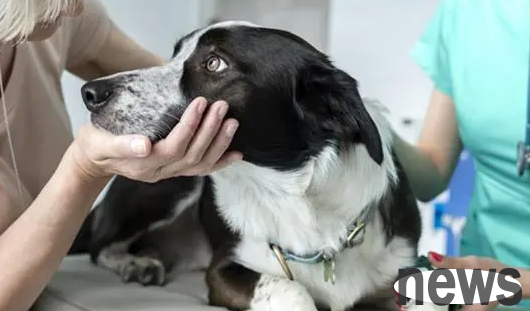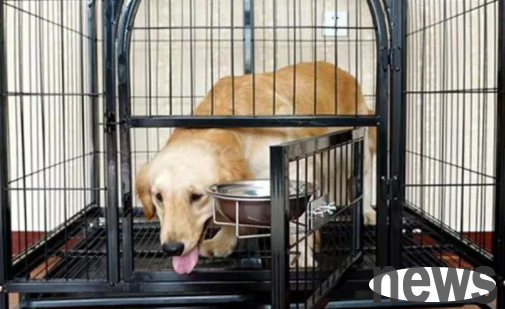What types of anemia are there in dogs? How to treat it needs to be understood!
Anemia refers to the number of fibroblasts, hemoglobin content and hemocytic volume (specific volume) in the blood unit volume are below normal values. The clinical manifestations are characterized by mucosal autopsy, rate, accelerated breathing, and general weakness. Anemia can be divided into hemorrhagic anemia, hemolytic anemia, nutritional anemia and aplastic anemia.
1. Hemorrhagic anemia
[Etiology] Acute hemorrhagic anemia, causing severe bleeding due to rupture of internal organs (such as liver, spleen, cavity artery, vena cava, etc.) and external blood vessels, causing sudden reduction of the body's blood solution.

Chronic hemorrhagic poverty is mainly caused by chronic gastric, intestinal inflammation, lungs, kidneys, bladder, and uterus hemorrhagic inflammation.
[Symptoms] Common symptoms include visual mucosa, pale skin, rapid heartbeat, and weakness of the muscles throughout the body. Symptoms are proportional to the amount of bleeding. Large amount of bleeding can show signs of collapse, restlessness, decreased blood pressure, cold limbs and ears and nose, unstable gait, muscle tremor, and drowsiness, fainting, and shock in the later stages. In dogs with small bleeding and chronic bleeding, the initial symptoms are not obvious. However, the sick dog can be seen to gradually lose weight, and the visible mucosa gradually develops from light red to white, and it is weak in spirit, has weakness in the whole body, is drowsy, does not like to move, has a fast and weak pulse, and has superficial breathing. Slight edema of the lower jaw and limbs can often be seen. Severe cases can lead to shock and heart failure death.
【Diagnosis】 According to clinical symptoms, the number of red blood cells and hematocrit tests can be confirmed.
【Treatment】Stops hemolysis and restores hemolysis.
① Traumatic bleeding can be ligated and stopped bleeding, compressed and stopped bleeding, and tourniquet can be stopped. For bleeding at the end of the limbs, the owner can use a tourniquet to stop the bleeding and then send it to the veterinary hospital for treatment immediately.
②Injection hemostatic drugs: hemostatic sensitivity 25 mg/kg body weight; vitamin K30.4 mg/kg body weight; vitamin K11 mg/kg body weight; coagulation 1.5 mg/kg body weight.
③ To supplement the hemolysis, dextran, glucose, compound saline, and amino acid preparations can be intravenously injected. Veterinary hospitals with conditions should undergo blood transfusion therapy.
2. Hemolytic anemia
Anemia caused by a large amount of red blood cells caused by various reasons is called hemolytic anemia.
【Cause of Causes】
①Infectious disease factors. Such as leptospirosis, herpes disease, trypanosoma, hemolytic streptococci infection, etc.
② Toxic disease. Heavy metal poisoning such as: lead, copper, arsenic, mercury, etc.; chemical drug poisoning: benzene, vinyl, phenol, sulfonamide, etc. Inhalation of TNT explosives while police dogs can also lead to hemolytic anemia.
③ Antigen-antibody reaction. The hemolytic anemia of newborn dogs is caused by the different blood types of newborn baby and the blood types of female dogs. Antigen-antibody reaction occurs after eating breast milk, which leads to hemolytic anemia of young dogs. Blood transfusions of heterotypic blood types can also lead to hemolysis.
Other factors, such as hyperthermia, lymphosarcoma, myeloid leukemia, plasma hemoglobinism, and red blood cell pyruvate kinase deficiency, can all cause hemolytic anemia.
【Symptoms】The main symptoms are yellowing of the visual mucosa, yellowing of the skin's mouth corners, depression, weakness in exercise, weight loss, and later visual mucosa, lethargy, hemoglobinuria, and body decline.
【Treatment】 Expand the amount of hemolysis, remove the cause, and treat symptomatically.
Fluid replenishment and blood transfusion therapy. For toxic diseases, antidotes are given; for parasitic infections, insecticides are given. At the same time, combined with hormone therapy, such as cortisone, pornisone, and dexamethasone.
















